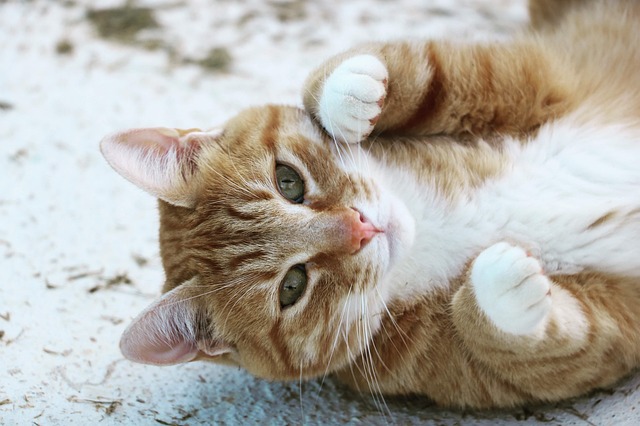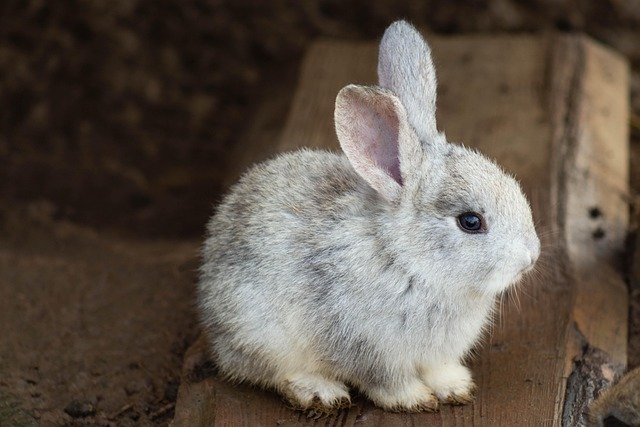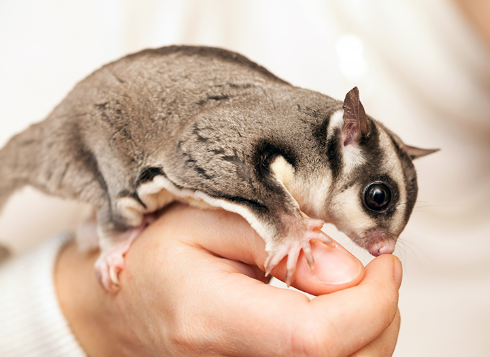Why Are Cats Soft – Why do cats have soft fur behind their ears?
Why Are Cats Soft – Why do cats have soft fur behind their ears?
Running your hands through your cat's fur while giving them affectionate scratches is a distinct and pleasurable experience. There's a unique quality to the texture of a healthy cat's fur that cat owners often marvel at, expressing admiration for its softness. The question that arises is: Why are cats inherently so soft?
Cats have soft fur due to age, breed, grooming habits, and diet. For exceptionally soft felines, a combination of good nutrition and healthy grooming habits has likely given them a particularly warm and soft coat.
"The Velvety Mystique: Decoding the Softness of Cat Fur"
"Soft Whiskers and Gentle Purrs: The Science Behind Cats' Irresistible Softness"
"Feline Elegance: Exploring the Secrets of Cats' Luxuriously Soft Coats"
"The Soft Symphony: A Deep Dive into the Textural Marvel of Cat Fur"
"Beyond the Touch: Unraveling the Enigma of Why Cats Are Inherently Soft"
Why Cats Have Soft Fur:
There isn’t a definitive answer to this, but we have some theories! For one thing, cat’s ears are highly mobile, so having shorter, softer fur near their ears helps your cat stay warm without getting in the way of moving their ears.
Unraveling the Secrets
While the softness of cat fur undoubtedly enhances their charm for human owners, have you ever wondered about the reasons behind it from the cats' perspective? What drove the evolution of these luxurious coats, and how do cats maintain the irresistibly soft texture? Explore the primary factors contributing to the plushness of your cat's fur
Soft Fur Is Less Likely To Get Snagged
Softer fur can also be easier to navigate with outside. Cats can slip through brambles and around other obstacles much more easily when their fur is soft and smooth compared to rough or matted coats. A soft, smooth coat might even help cats escape predators in an emergency! That’s because there’s not much to grip on a soft coat, while coarser coats provide more friction and grip points.
Fur Can Help Your Cat Slip Through Tight Spaces
Cats are designed to be able to slip through small spaces; their whiskers grow to about the width your cat needs to fit through a space. Having soft fur helps with this, too, since it can help reduce friction in tight areas, making it easier for your cat to move and maneuver.
Your Cat Has Access To Good Nutrition
Growing a soft coat of fur takes a lot of energy and calories, so having a soft coat is a good sign that your cat’s diet works for them. Without certain critical nutrients, your cat’s fur would likely be a lot rougher and might even be a different shade or length as well.
Unveiling the Mystery: Why Are Cats So Incredibly Soft?
Have you ever wondered why your feline friend's fur feels like a cloud beneath your fingertips? Dive into the enchanting world of feline softness as we unravel the secrets behind the irresistibly velvety texture of cats.
The Science Behind the Softness
Cats boast an extraordinary coat composition that contributes to their unparalleled softness. Their fur consists of three primary layers:
Guard Hairs: The Shield of Softness
At the surface level, cats have guard hairs that protect their delicate undercoat. These long, stiff hairs act as a shield, ensuring the underlying layers remain untouched by environmental elements.
Abyssinian, Persian, Siamese: Breed Matters
Different cat breeds exhibit varying degrees of softness. Breeds like the Abyssinian, Persian, and Siamese are renowned for their exceptionally soft fur, owing to specific genetic traits and breeding practices.
The Role of Grooming
Beyond genetics, a cat's commitment to grooming plays a pivotal role in maintaining its softness.
Self-Grooming Rituals: A Cat's Spa Day
Cats are meticulous groomers, spending a significant portion of their day licking their fur. This self-grooming not only keeps their coat clean but also distributes natural oils, enhancing its soft and glossy texture.
Brushing: Enhancing the Fluff Factor
Regular brushing is a key factor in keeping a cat's fur soft. It helps remove loose hairs, prevents matting, and stimulates the production of natural oils, contributing to that luxurious softness.
The Influence of Diet
Nutrition: A Soft Coat from the Inside Out
A well-balanced diet is fundamental to a cat's overall health, including the condition of its coat. Nutrients like omega-3 fatty acids play a crucial role in promoting soft, shiny fur.
Emotional Well-being Matters
Stress-Free Purring: A Softer Cat
Believe it or not, a cat's emotional well-being impacts the softness of its fur. A content and stress-free cat is more likely to have a soft, lustrous coat, highlighting the intricate connection between mental health and physical appearance.
In conclusion, the softness of a cat's fur is a harmonious blend of genetics, grooming rituals, dietary considerations, and emotional well-being. Next time you run your fingers through your cat's velvety coat, appreciate the intricate factors that contribute to this delightful sensory experience.












Leave a comment